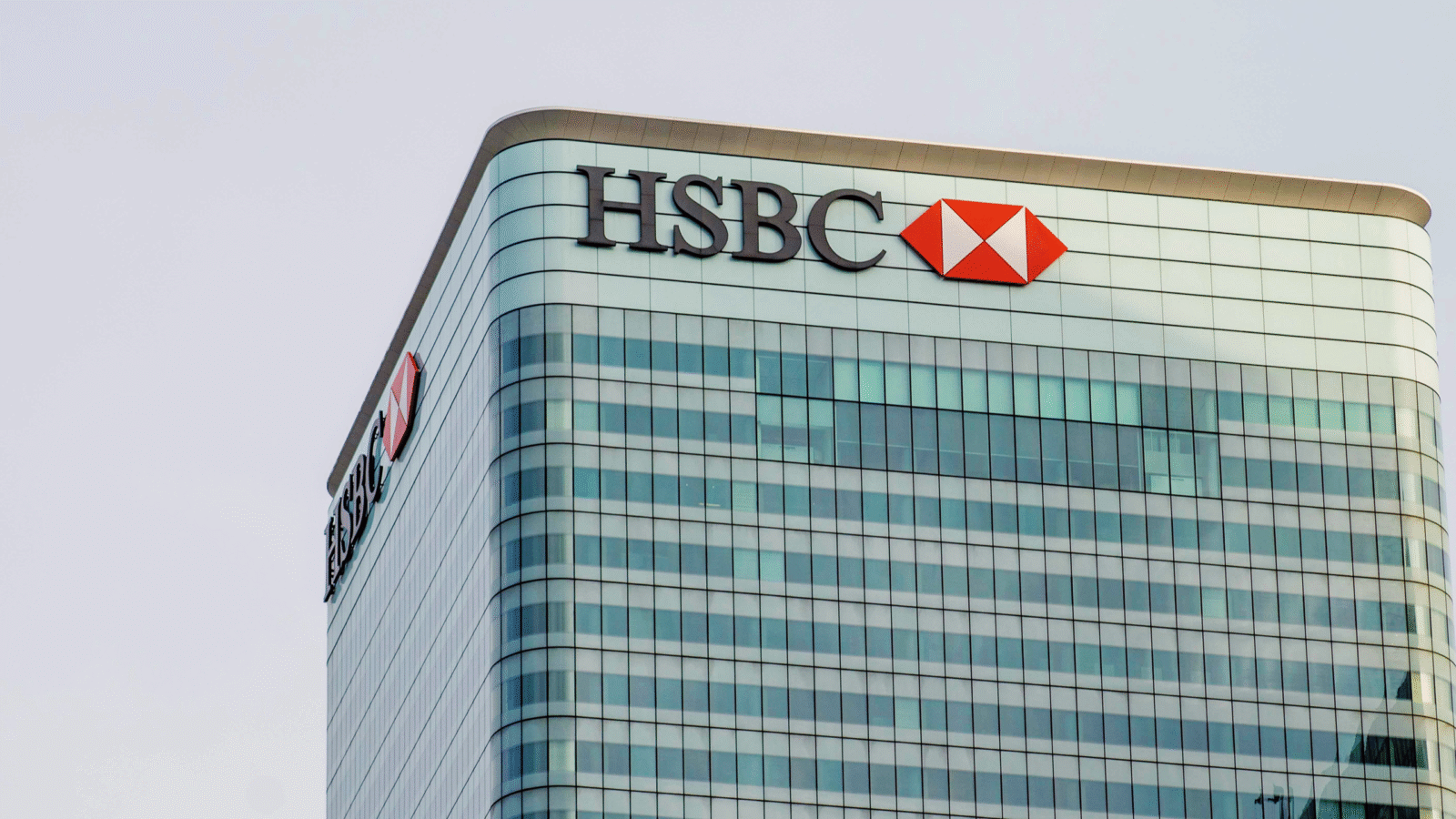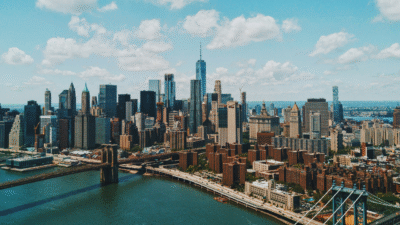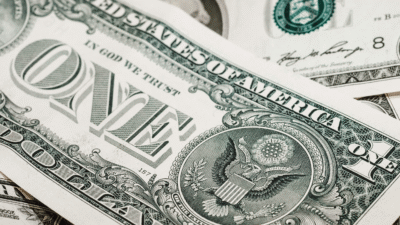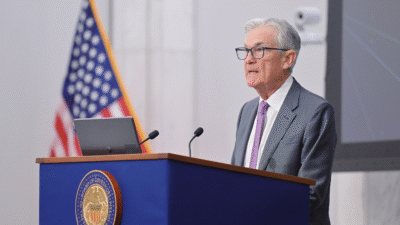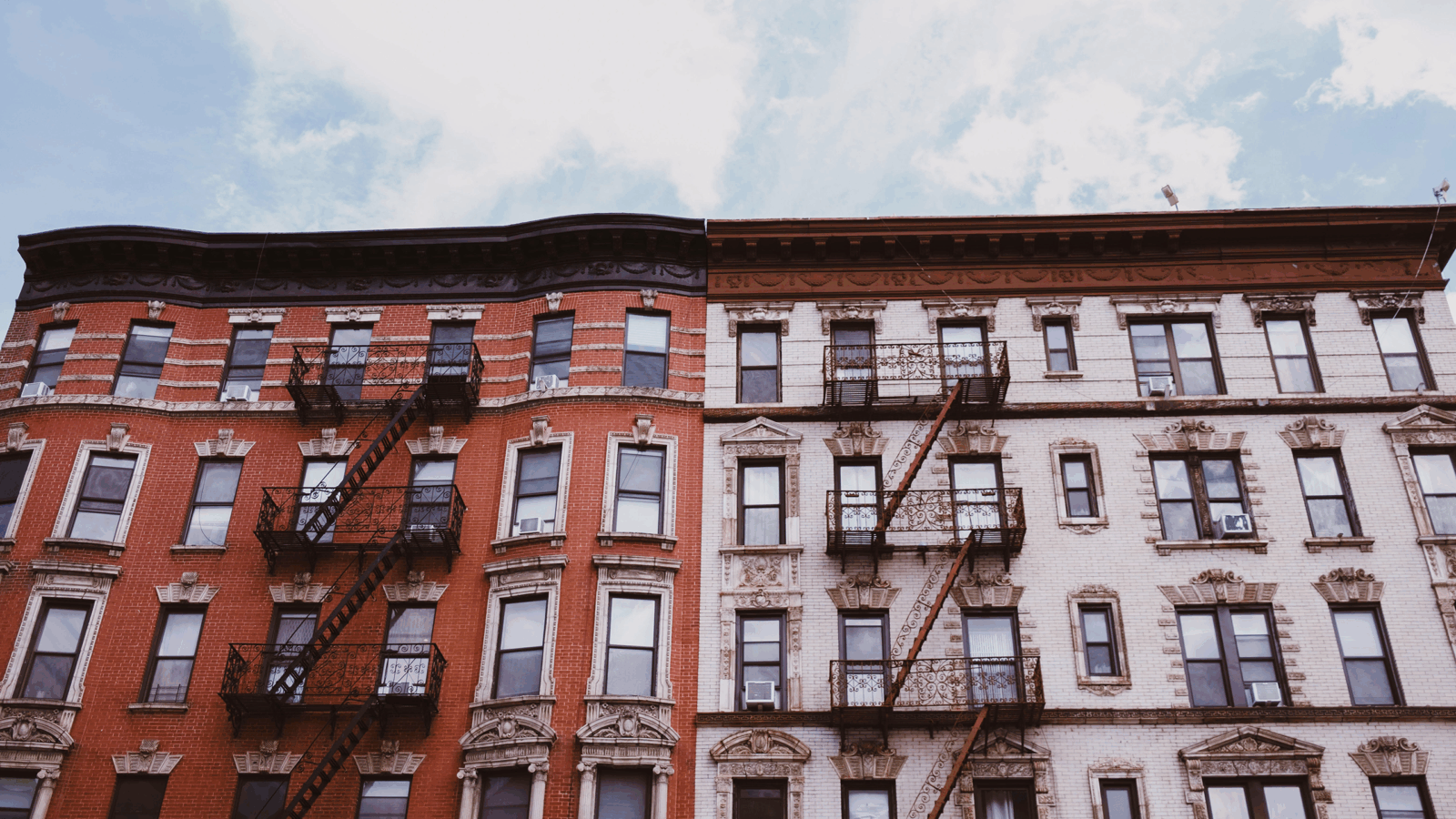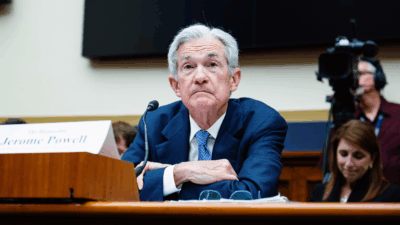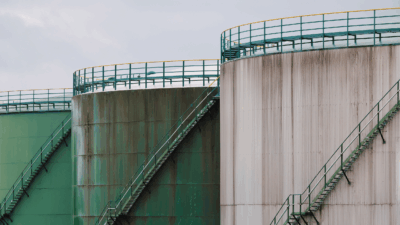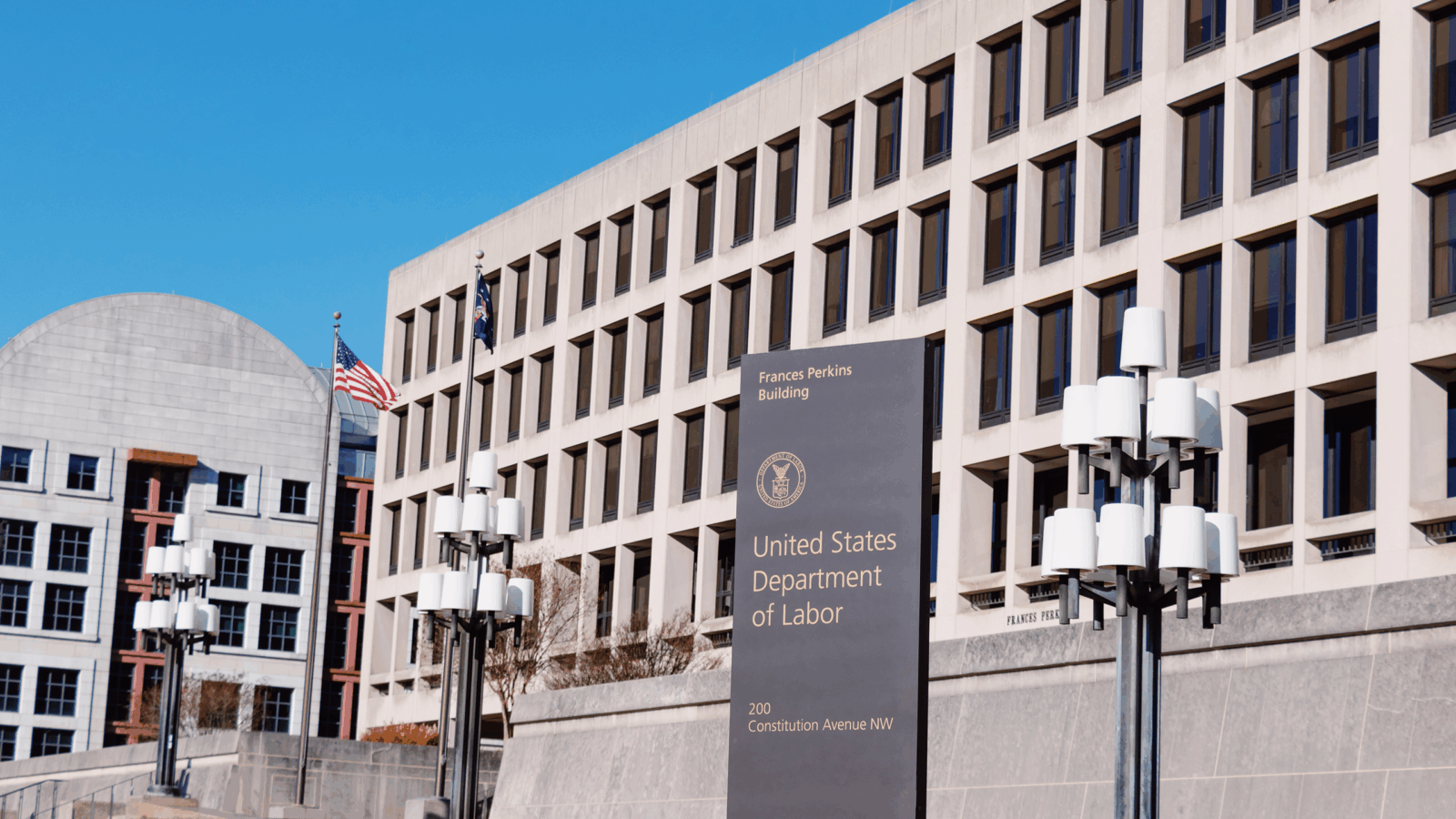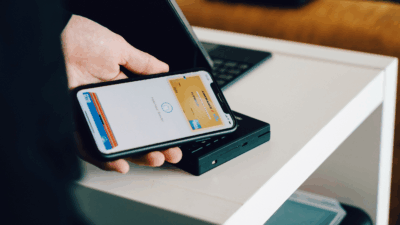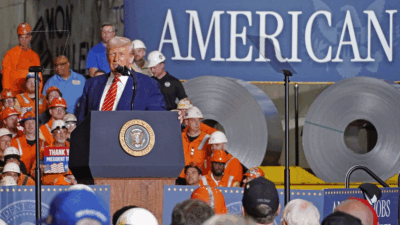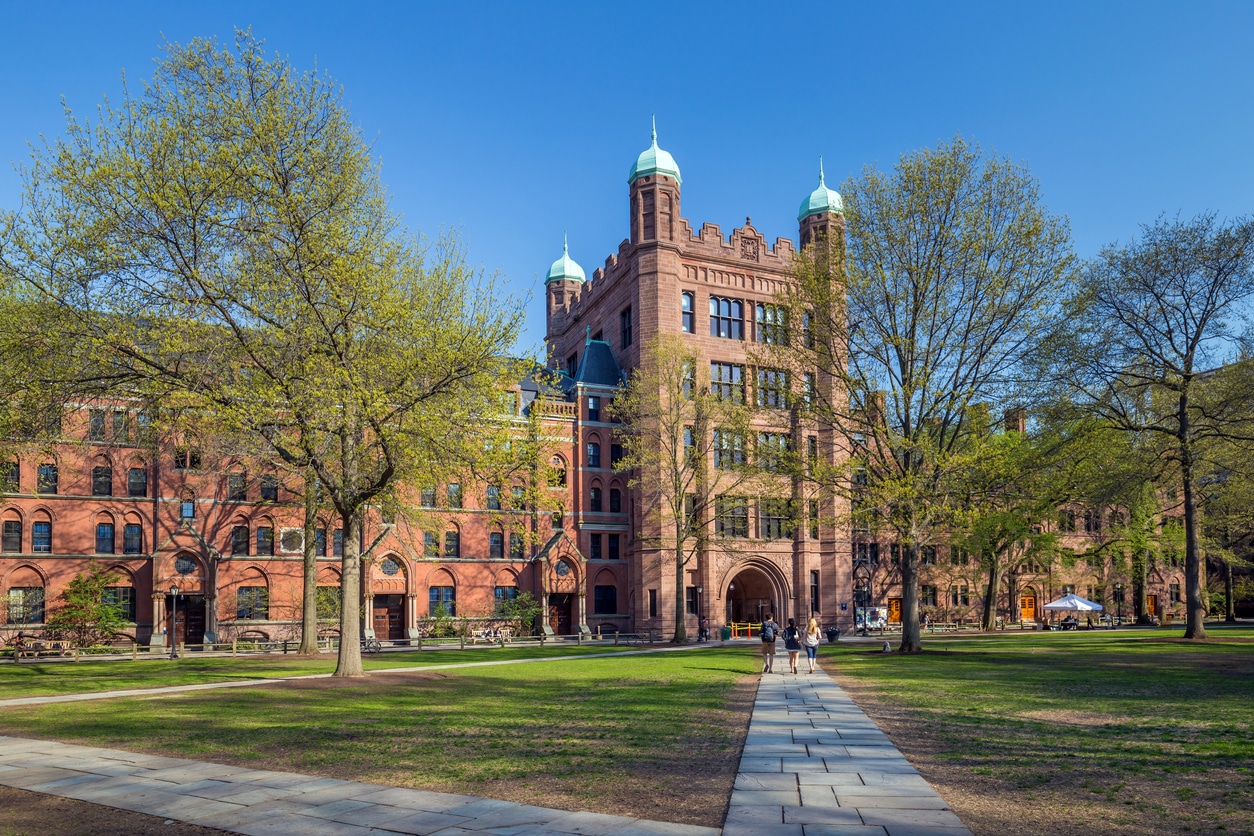
Sign up for smart news, insights, and analysis on the biggest financial stories of the day.
The cost of college tuition has historically risen at a rate nearly four times that of inflation. But that changed this year, when the average uptick in the price of higher-education necessities such as laptops, notepads, books, binders, and — yes — beer, rose at a much greater rate than that for classes.
Shakedown 1979
For the 2021–22 school year, the average cost of tuition and fees totaled $38,185 for private schools and $22,698 for public, out-of-state schools, according to the US News’ annual higher education survey. That marks a roughly 1% year-over-year increase for private schools, and between 1% and 2% increase for public. Meanwhile, the overall inflation rate in the U.S. hit nearly 3.2% over the past year, according to the Bureau of Labor Statistics.
It’s a reversal of a decades-long trend of rapidly increasing college tuition costs compared to minute increase in inflation:
- This year marks the first time the overall inflation rate was greater than the average college tuition increase since the nearly 15% inflation rates of the late 1970s and early 1980s.
- Since 1980, the cost of college tuition has increased 1,445%, while overall consumer prices have increased just 337%, according to the Bureau of Labor Statistics.
Inflation Gap Year: The gap may be explained by a matter of good timing (or bad, if you ask a university’s accounting department). Most colleges set their tuition prices by May — meaning college students could have been spared the summer’s extra inflation percentage points ushered in by the Delta variant, supply chain snags, and labor shortages. So much for insisting on being five minutes early instead of one minute late.
